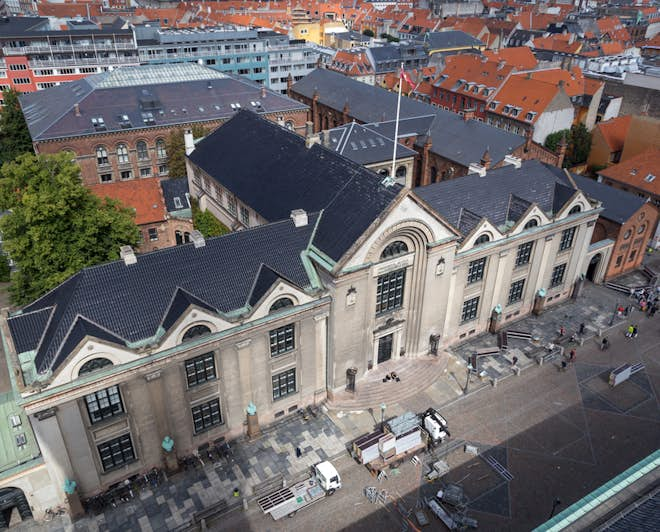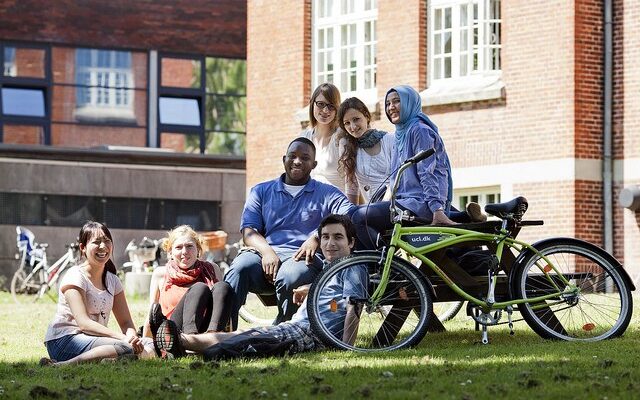Imagine going to university without ever having to worry about student loans. Now, imagine being paid to study. It may sound like a dream, but in Denmark, it’s a reality. The Scandinavian country has one of the most generous and progressive higher education systems in the world—offering free university education and even providing students with a monthly stipend to cover living expenses.
In an age where rising tuition fees and student debt dominate headlines across the globe, Denmark stands out as a shining example of what can happen when a country treats education as a public good rather than a private privilege. Danish citizens—and students from the European Union and a few other countries—can attend university completely free of charge. That includes bachelor’s and master’s degree programs at public universities, which consistently rank among the best in Europe.

But Denmark doesn’t stop at free tuition. To ensure that students can focus on their studies without financial stress, the government offers financial support through the SU (Statens Uddannelsesstøtte) program, which translates to “State Educational Support.” This program provides eligible students with a monthly stipend of approximately DKK 6,500 (roughly $1,000 USD), helping cover essentials like housing, food, books, and transportation.

This means that a Danish student can attend a high-quality university, live independently, and graduate without any tuition debt—and often with minimal, if any, personal debt at all. The SU grant is available to students for up to six years, giving them enough time to complete both undergraduate and graduate studies without financial pressure.

So how does Denmark make this possible? The answer lies in the country’s deep commitment to equality and social welfare. Education is seen as a cornerstone of democracy and economic growth. The Danish government believes that everyone should have equal access to education, regardless of their social or financial background. By investing in students today, Denmark is building a skilled, innovative, and well-educated workforce for tomorrow.
Unsurprisingly, this system contributes to Denmark’s high quality of life and strong social cohesion. Young people are empowered to pursue careers in fields they are passionate about, rather than choosing a path based on potential earnings to pay off student debt. This leads to a more satisfied, balanced, and productive society overall.
In addition to financial support, Denmark’s universities are known for their student-centered teaching methods, often emphasizing group work, critical thinking, and real-world application over rote memorization. Classes are typically small, and students are encouraged to engage in open dialogue with professors. Many programs are taught in English, which makes Denmark a popular destination for international students as well.
Of course, this model isn’t without its critics. Some argue that paying students to study could lead to misuse or complacency. Others point out that maintaining such a system requires high taxes. And it’s true: Denmark has some of the highest personal income tax rates in the world, but most citizens are happy to pay them, knowing they receive top-quality public services in return—from education to healthcare.
For many outside Denmark, the idea of being paid to go to school is both astonishing and inspiring. In countries where students graduate with tens or even hundreds of thousands of dollars in debt, the Danish model offers a radically different vision of what higher education could be: accessible, equitable, and supportive of student well-being.
As nations around the world grapple with how to fund higher education, Denmark stands as a compelling example. It shows that when a country views education not as a commodity but as a shared investment in its future, remarkable things can happen.




